In the agricultural sector, a quiet yet profound revolution is underway, driven by the Internet of Things (IoT). “The Future of Farming: IoT-Driven Data Insights” delves into how this technological marvel is reshaping the landscape of agriculture, making it more efficient, sustainable, and productive.
IoT in agriculture represents a fusion of physical and digital worlds. Sensors deployed across fields collect a multitude of data points – soil moisture, crop health, weather conditions, and more. This data, when analyzed, offers unprecedented insights into farm operations, enabling farmers to make informed decisions that significantly enhance crop yields and reduce waste.
One of the most significant impacts of IoT-driven data is precision farming. By utilizing data insights, farmers can understand the exact needs of their crops at a granular level. This precision leads to the optimal use of resources, such as water and fertilizers, ensuring that each plant gets exactly what it needs for optimal growth. As a result, not only are crop yields maximized, but the environmental impact is also minimized.
The IoT technology also plays a pivotal role in predictive analytics. By analyzing historical data alongside real-time inputs, farmers can predict various outcomes, such as crop yields and the optimal time for planting and harvesting. This predictive power helps in better planning and can significantly reduce the risks associated with unforeseen weather conditions or pest infestations.
For websites focusing on agriculture and technology, highlighting the advancements and applications of IoT in farming is crucial for attracting a knowledgeable audience. Topics like ‘Emerging IoT technologies in agriculture’, ‘Case studies on IoT-driven farming success’, or ‘The role of data analytics in modern farming’ are not only rich in keywords but also resonate with readers seeking cutting-edge agricultural information.
Incorporating multimedia content, such as videos demonstrating IoT devices in action or infographics summarizing data insights, can significantly enhance user engagement. Offering downloadable resources, like whitepapers or case study PDFs, can also increase the time visitors spend on the site, a positive signal for SEO.
Engaging with the farming community through social media and forums can further increase the reach of the website. Sharing real-life stories of farmers who have successfully implemented IoT solutions can inspire others and build a sense of community around the website.
Beyond precision and predictive analytics, IoT-driven data insights are revolutionizing other aspects of farming, such as supply chain management and sustainability efforts. IoT sensors can monitor the condition of crops during transport, ensuring that temperature and humidity levels are maintained, thus reducing spoilage and loss. This level of detail in the supply chain not only improves the quality of agricultural products reaching consumers but also enhances the overall efficiency of the food supply system.
Additionally, IoT technologies are at the forefront of sustainable farming practices. By providing data on soil health and water usage, IoT enables farmers to adopt more environmentally friendly practices. For instance, data-driven insights can lead to reduced usage of chemicals and fertilizers, less water consumption, and minimal soil disruption, contributing significantly to the conservation of natural resources and biodiversity.
For a website focused on the future of farming and IoT, content should not only be informative but also forward-thinking. Articles exploring the potential future developments of IoT in agriculture, such as AI integration and autonomous farming equipment, can capture the imagination of the audience. Including expert opinions and insights on these topics can add credibility and authority to the content.
Search Engine Optimization (SEO) for such a website should include a balanced mix of short-tail and long-tail keywords related to IoT in agriculture. Keywords like “IoT farming innovations,” “sustainable agriculture IoT,” and “smart farming technologies” can be strategically placed within the content to improve search rankings and attract a targeted audience.
The website can also host webinars and virtual workshops, inviting experts in the field of IoT and agriculture to discuss recent advancements and answer questions from the audience. Such interactive sessions not only provide valuable content but also increase user engagement and establish the website as a hub for learning and discussion about agricultural technology.
The future of farming is being reshaped by IoT-driven data insights. This technology is not just a tool for increasing efficiency and productivity but is also a catalyst for sustainable and environmentally responsible farming practices. By focusing on this transformative technology, websites can not only enhance their SEO performance but also contribute to the advancement of agricultural knowledge and practices. As we move forward, IoT in agriculture will continue to break new ground, paving the way for a more efficient, sustainable, and productive future in farming.



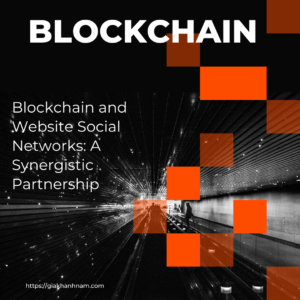

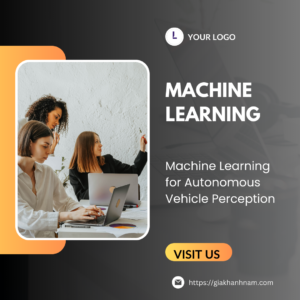




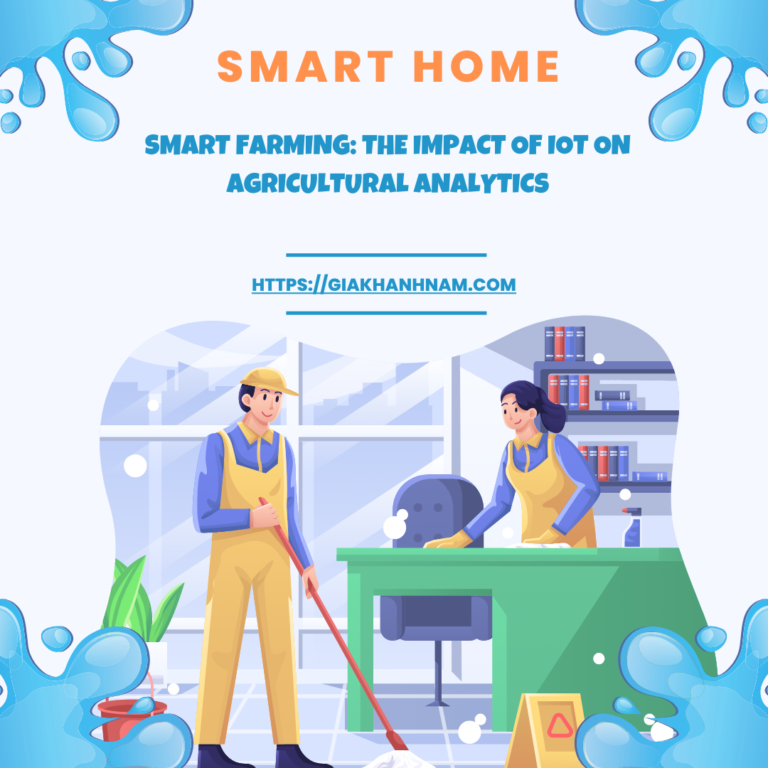
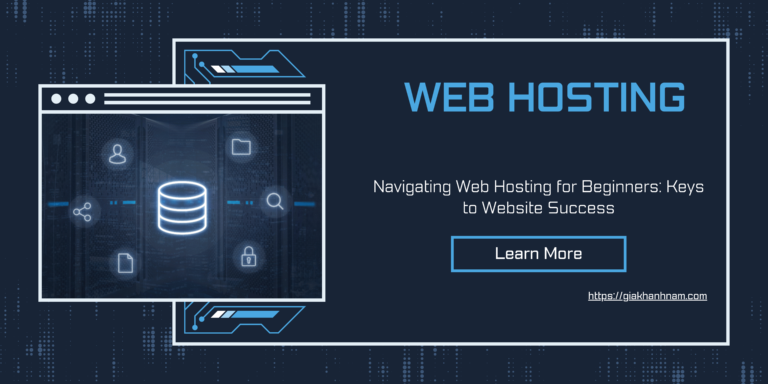
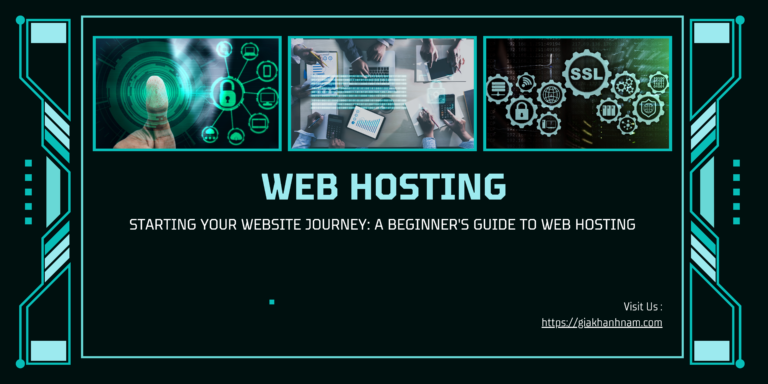



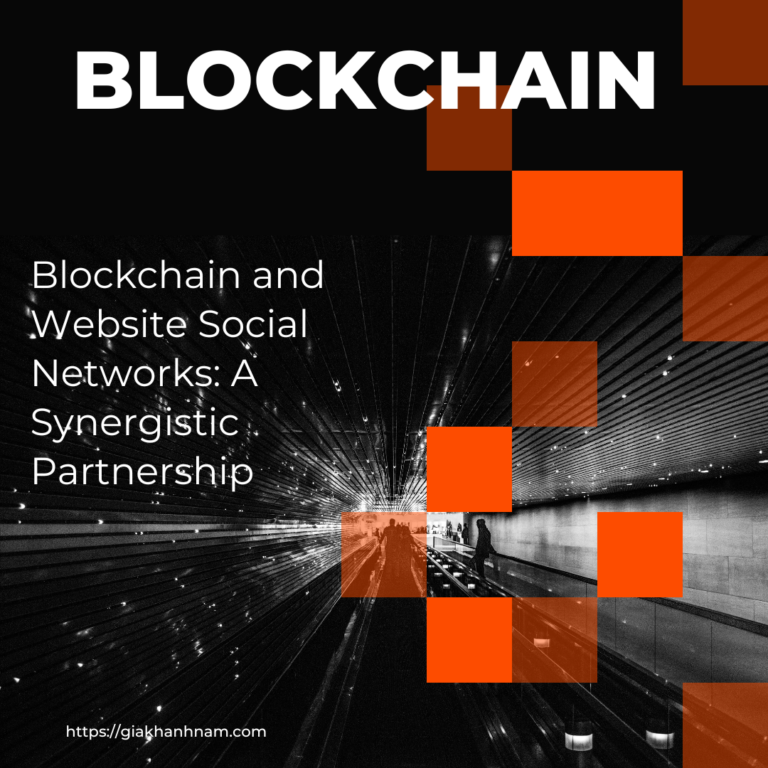

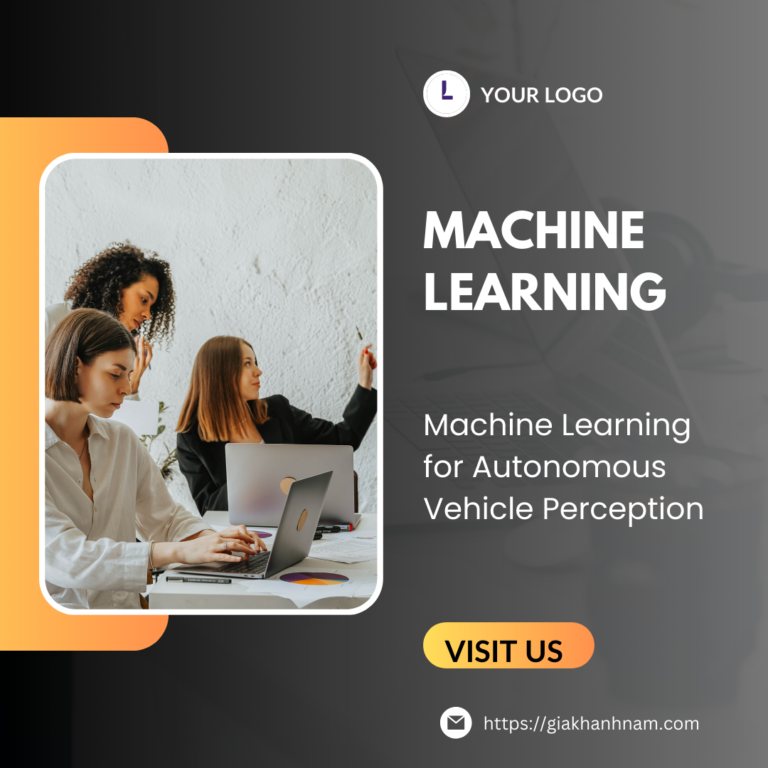
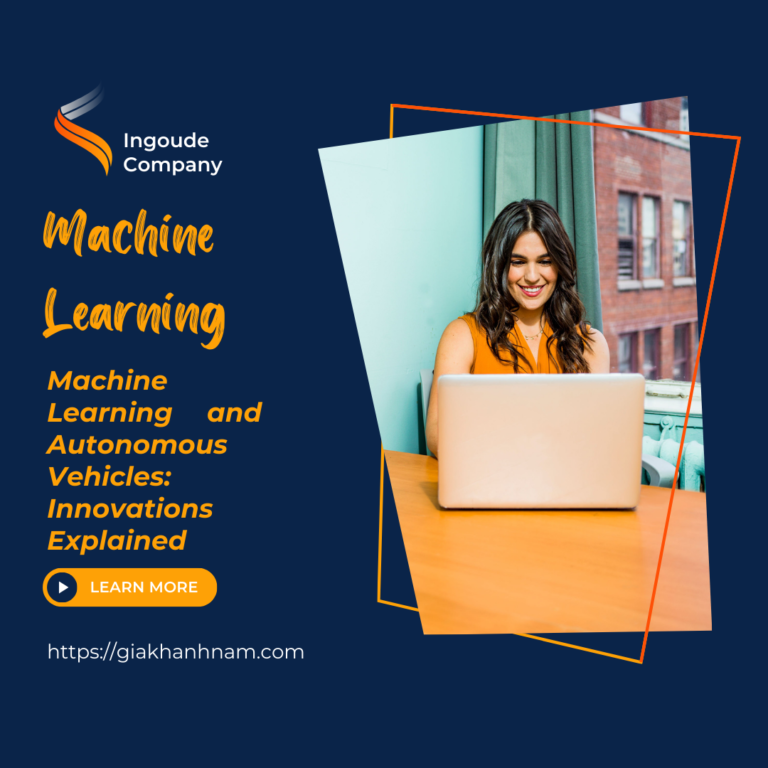

+ There are no comments
Add yours